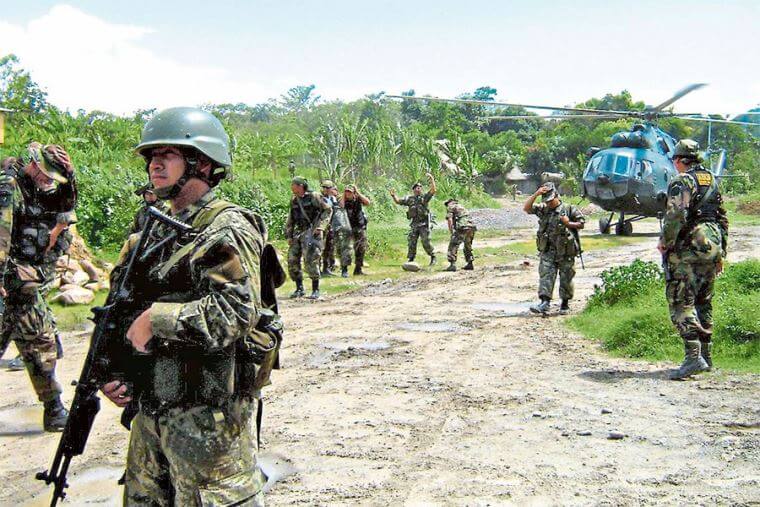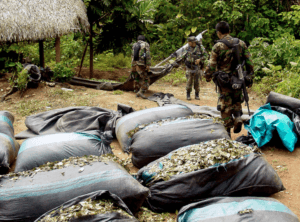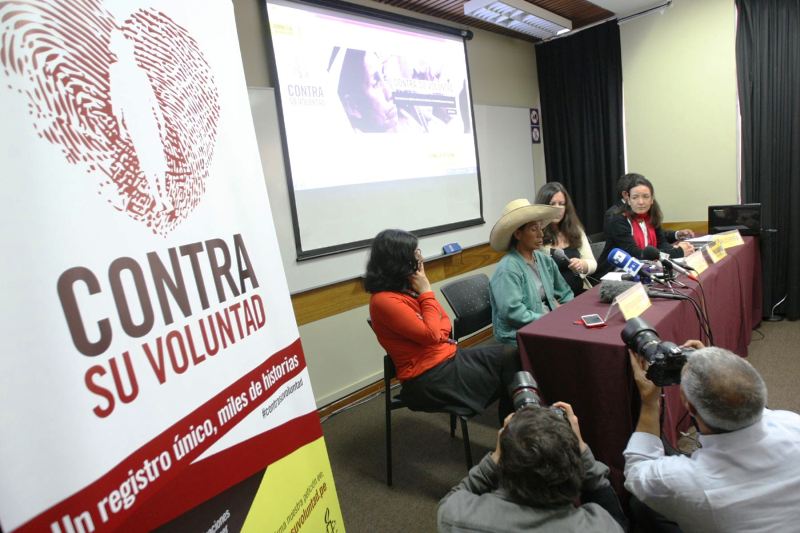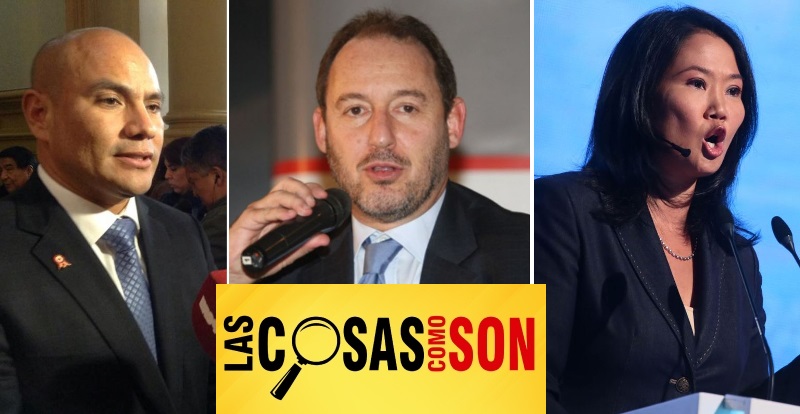Peru’s Minister of Defense José Gavidia announced last week a new government strategy to close 40 military bases located in the VRAEM (a Spanish acronym for the Valley of the Apurimac, Ene and Mantaro Rivers), turning them into “production and development centers of the area” by 2026.
The announcement sparked concerns from some Peruvian political leaders as remnants of the Shining Path guerilla group as well as drug trafficking organizations still operate in the VRAEM’s Amazon region.
According to the National Commission for Development and Life without Drugs (DEVIDA), 90% of the coca leaf produced in Peru is converted into cocaine. The VRAEM is Peru’s top producing region, accounting for almost 70% of national coca production in 2020, according to a report from the Peruvian Drug Observatory.
The region is also one of Peru’s most violent.
On May 23, 2021, 16 people were murdered in the small town of Vizcatán del Ene at the hands of still-active members of the Shining Path, according to the Peruvian Army. DEVIDA reported that in Vizcatán del Ene, 2,596 hectares of coca are grown.
“An objective of this government is that, before 2026, this valley ceases to be an emergency zone. Intensive work is being done so that these 40 counter-insurgency bases become 40 production centers,” said Mr. Gavidia.
The Defense Minister also said that he has been coordinating with the Ministries of Production and Foreign Trade along with the Ministry of Transportation and Communications to help build infrastructure and increase production in the region. International organizations such as USAID have championed crop substitution and economic development programs in Peru which provide commercial alternatives to growing coca.
After receiving criticism about removing military bases from the highly contested region, the Ministry of Defense published a statement on April 29 to clarify that, once the state of emergency is lifted in the VRAEM, then the military bases will be turned into production centers to spur development.
“After pacifying the VRAEM comes the last stage of the military strategy, which is ‘normalization’. At this stage, the state of emergency will be progressively lifted and control will be transferred to the National Police. The military will also be withdrawn gradually, and the bases, which are no longer going to be used, will become technological centers of production and development,” the ministry said.
The government further walked back its initial statements on May 2 when Interior Minister Alfonso Chávarry stated that the closure of these bases is still under examination.
“They cannot disappear at the moment, a study is being conducted,” he said.
Criticism of the Defense Minister’s announcement
Retired Army general and current Congressman Roberto Chiabra rejected the defense minister’s strategy and timeline, saying that an undertaking like this “is not going to be fulfilled” so soon.
“If we do not want to become a narco-state, especially in the VRAEM, which is the leading cocaine production valley in the world, this irresponsible action should not be taken. It’s going to cause us more problems,” said Chiabra.
The former head of the National Police Directorate Against Terrorism (DIRCOTE), General José Baella, said that the closure of the bases would make “traffickers expand drug trafficking to other geographical areas.”
“Eliminating the counter-terrorist bases would imply the advance of the terrorists who are inside the VRAEM. It is dangerous because terrorism can go to the cities and they would begin to locate Peruvians who collaborated with the police and the army, and they are going to kill them,” he said.
Former Navy Admiral and Congressman Jorge Montoya commented on Twitter that the deactivation of the bases “is an attack on national security.”
“This irresponsible and unilateral decision risks national security and everything advanced by the military in that area,” he said.











